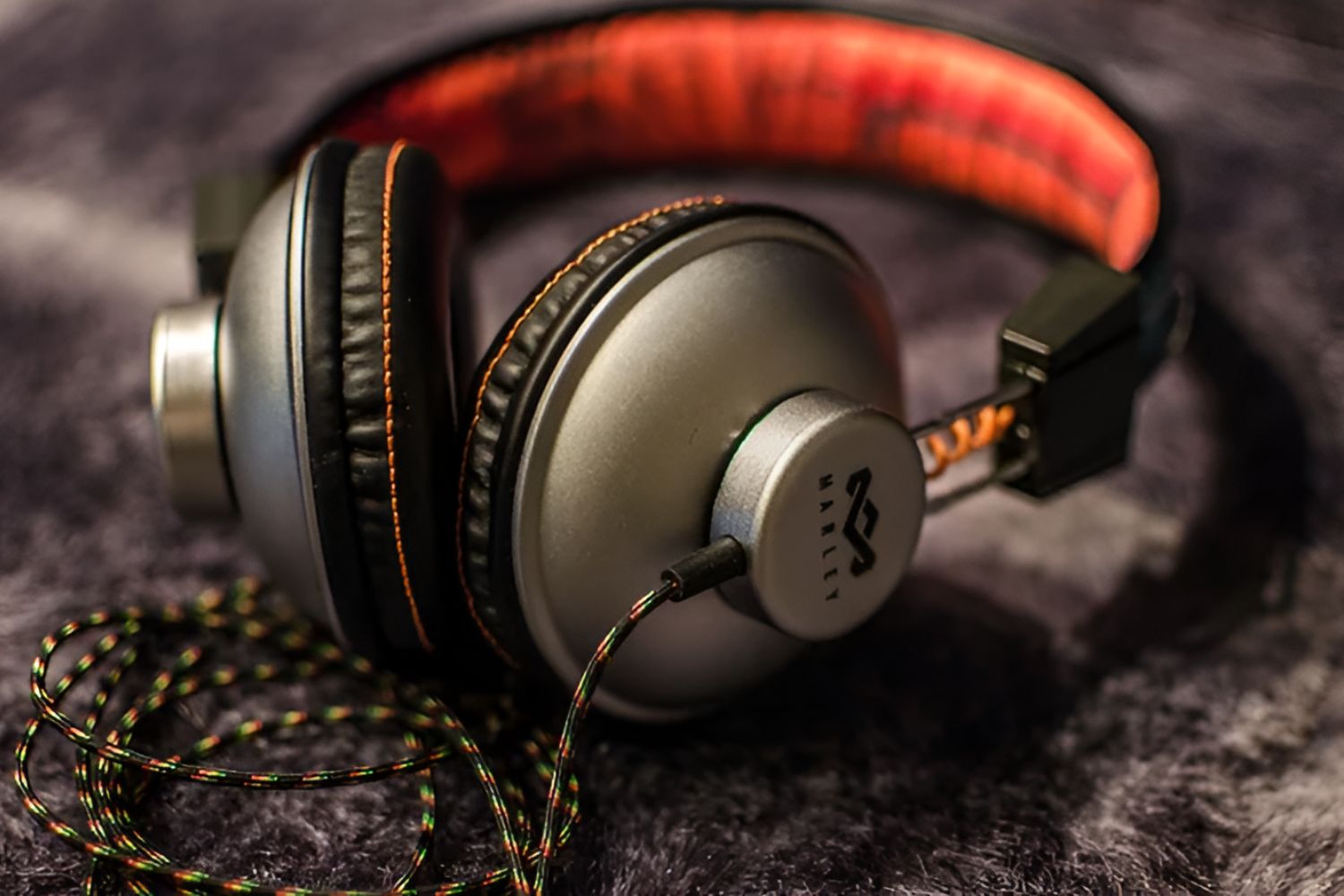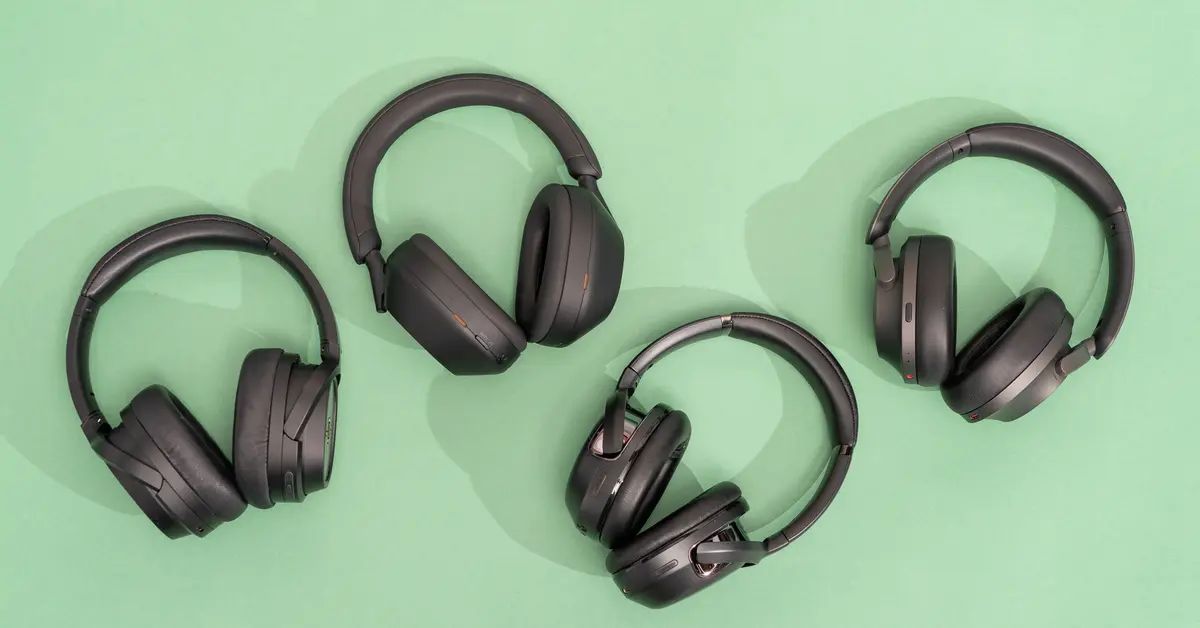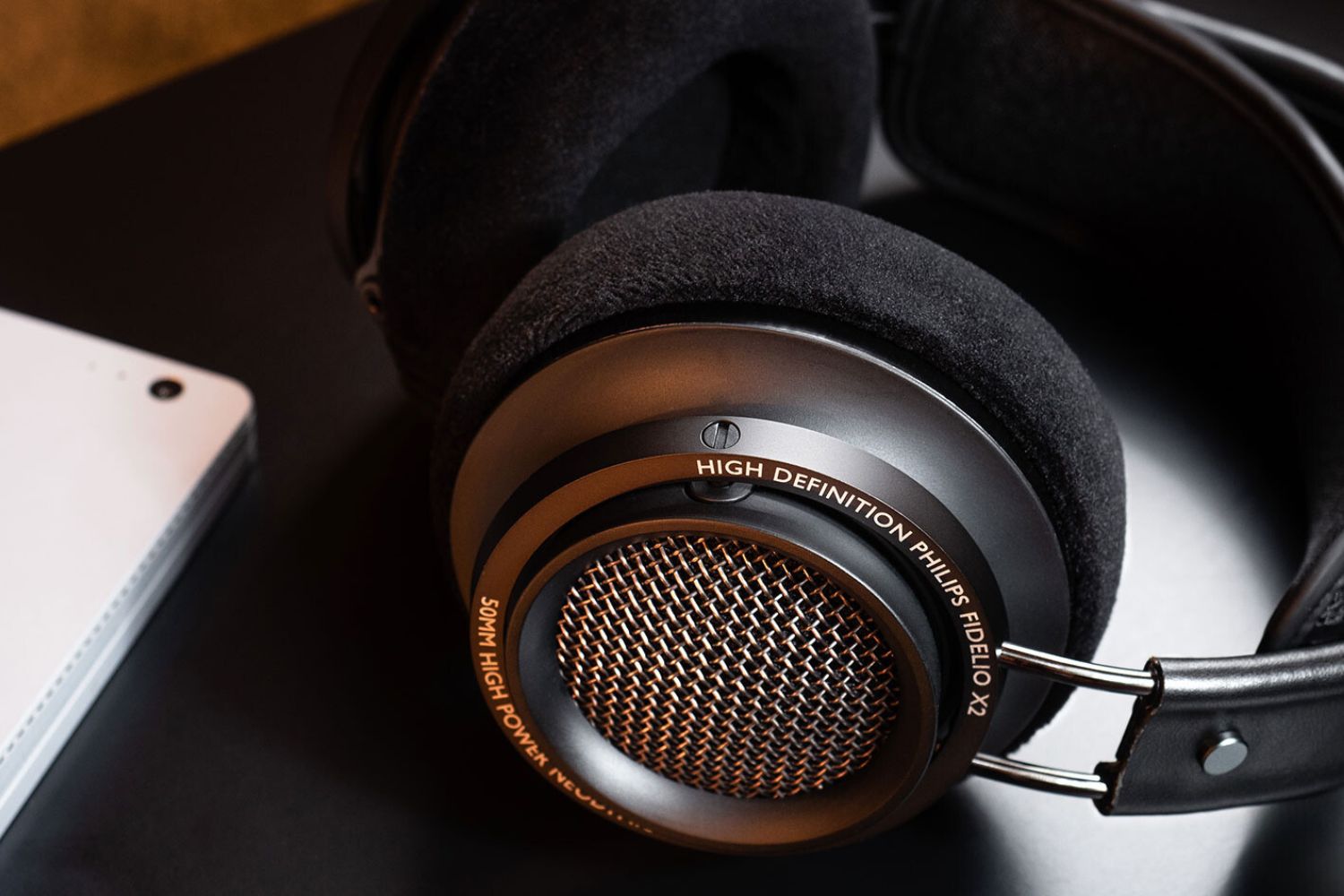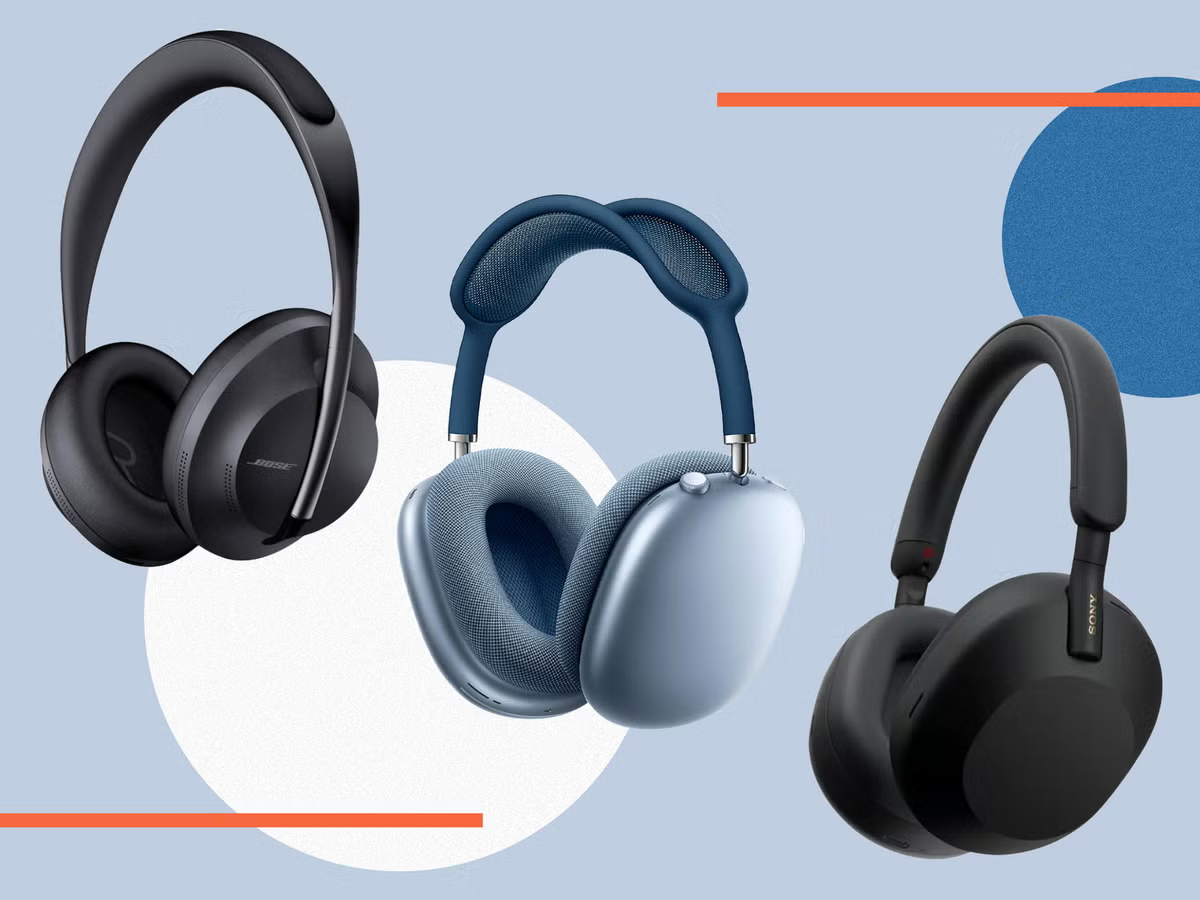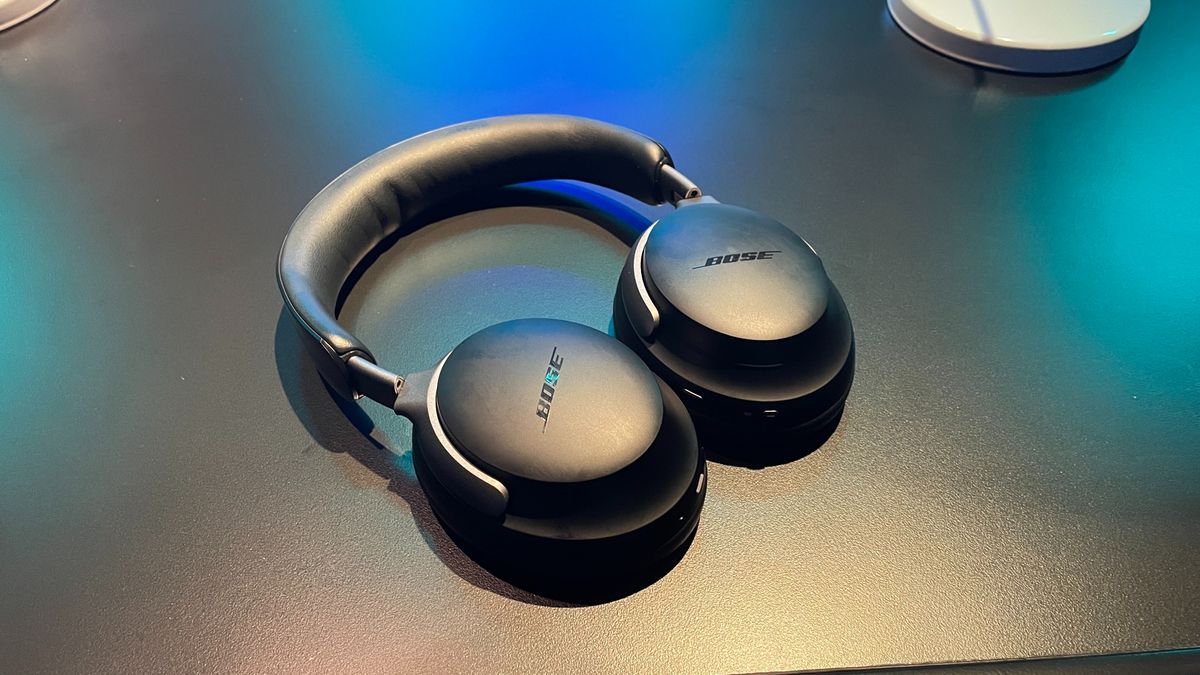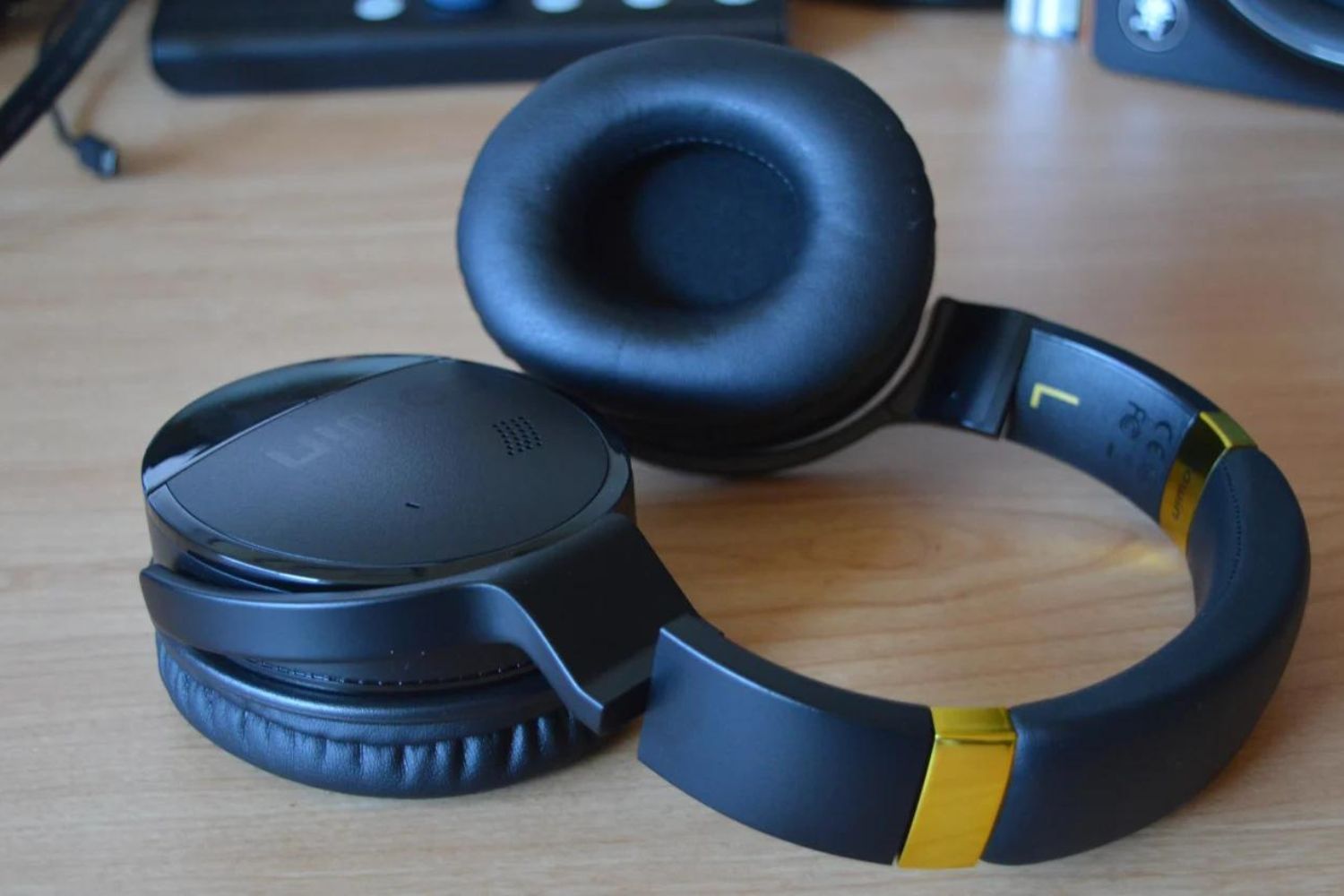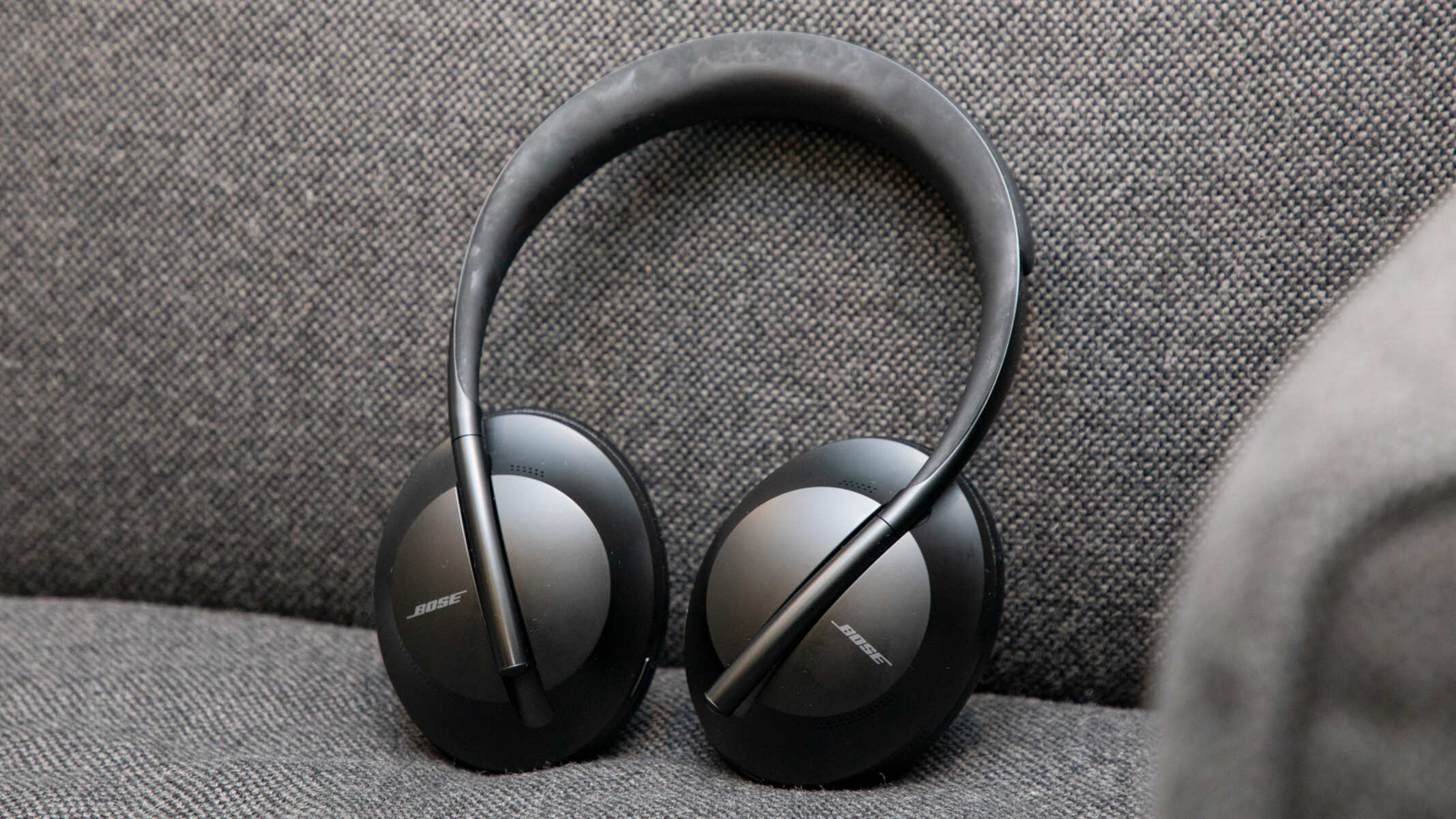Introduction
When it comes to over-ear headphones, proper storage is essential to maintain their performance and extend their lifespan. Whether you're a music enthusiast, a professional audio engineer, or simply someone who appreciates high-quality sound, taking care of your headphones is crucial. By implementing the right storage techniques, you can prevent damage, preserve the integrity of the materials, and ensure that your headphones continue to deliver exceptional audio experiences for years to come.
In this comprehensive guide, we will explore the best practices for storing over-ear headphones. From cleaning and preparing your headphones for storage to selecting the ideal storage location and utilizing protective accessories, each step is designed to help you safeguard your investment. Additionally, we will discuss the impact of environmental factors such as temperature and humidity on headphone storage, providing valuable insights to help you make informed decisions.
By following these expert recommendations, you can protect your over-ear headphones from wear and tear, maintain their pristine condition, and optimize their performance. Whether you use your headphones daily or store them for occasional use, implementing these storage strategies will contribute to the longevity of your beloved audio gear. Let's delve into the details of proper headphone storage and equip you with the knowledge to preserve the quality and functionality of your over-ear headphones.
Step 1: Clean and Prepare Your Headphones
Before storing your over-ear headphones, it’s essential to ensure that they are clean and well-maintained. Start by gently wiping the exterior surfaces with a soft, dry cloth to remove any dust, dirt, or smudges. For stubborn stains or grime, lightly dampen the cloth with a small amount of water or a mild cleaning solution specifically formulated for electronic devices. Be cautious not to allow moisture to seep into the headphone drivers or sensitive components.
Next, inspect the ear cushions and headband padding for any debris or buildup. Depending on the materials, you may be able to remove the cushions and clean them separately. For leather or faux leather cushions, a damp cloth or leather cleaner can be used, while fabric cushions can be spot-cleaned with a gentle detergent solution. Ensure that the cushions are completely dry before reattaching them to the headphones.
Additionally, if your headphones feature detachable cables, disconnect them from the audio source and the headphones themselves. Gently coil the cables and secure them with twist ties or cable organizers to prevent tangling. This step not only facilitates easier storage but also minimizes the risk of cable damage or fraying.
By thoroughly cleaning and preparing your headphones for storage, you can prevent the accumulation of dirt and grime, which can potentially degrade the materials and affect the overall hygiene of the headphones. Moreover, maintaining a regular cleaning routine can contribute to the longevity and pristine condition of your over-ear headphones, ensuring that they are always ready for use when you retrieve them from storage.
Step 2: Choose the Right Storage Location
Selecting an appropriate storage location for your over-ear headphones is crucial in preserving their condition and performance. Ideally, the storage area should be clean, dry, and free from excessive dust or airborne particles that could settle on the headphones. Avoid storing your headphones in places prone to high humidity, such as bathrooms, as moisture can lead to mold growth and damage the headphone materials.
When considering the storage environment, it’s important to shield your headphones from direct sunlight and extreme temperature fluctuations. Prolonged exposure to sunlight can cause discoloration and deterioration of materials, particularly leather or synthetic leather components. Similarly, extreme heat or cold can adversely affect the adhesives, plastics, and internal components of the headphones, potentially leading to warping, degradation, or malfunction.
Furthermore, safeguarding your headphones from potential physical damage is essential. Choose a location where the headphones are unlikely to be knocked over, stepped on, or subjected to heavy items being placed on top of them. A dedicated shelf, drawer, or headphone stand can provide a secure and organized storage solution, minimizing the risk of accidental damage.
Consider the frequency of use when selecting the storage location. If you use your headphones daily, opt for a convenient spot that allows easy access while still providing adequate protection. Conversely, if the headphones are intended for occasional use, a designated storage area that prioritizes protection and preservation is ideal.
By carefully choosing the right storage location, you can mitigate potential risks such as environmental damage, physical harm, and excessive wear, ensuring that your over-ear headphones remain in optimal condition throughout their storage period.
Step 3: Use a Headphone Stand or Hanger
Utilizing a dedicated headphone stand or hanger offers several benefits for storing over-ear headphones. These purpose-built accessories provide a safe and organized solution, minimizing the risk of damage and preserving the shape and integrity of the headphones over time.
A headphone stand typically features a stable base and a contoured hanger designed to support the headband of the headphones. By resting the headphones on the stand, the headband is relieved from being continuously stretched or compressed, preventing deformation and ensuring that the headphones maintain their original shape. This is particularly beneficial for headphones with adjustable headbands or those made of materials susceptible to warping, such as leather or metal.
Alternatively, a headphone hanger can be mounted on a wall, desk, or shelf, providing a space-efficient storage solution while keeping the headphones easily accessible. When using a hanger, ensure that the headphones are securely suspended and not exposed to excessive pressure or tension that could compromise their structural integrity.
Both headphone stands and hangers help reduce clutter and prevent the headphones from being laid on surfaces where they could accumulate dust, scratches, or accidental damage. Additionally, these accessories contribute to a visually appealing and organized storage setup, adding a touch of elegance to your workspace or entertainment area.
When selecting a headphone stand or hanger, consider the design, material, and stability to ensure that it complements the aesthetics of your environment while providing reliable support for your headphones. By incorporating a dedicated stand or hanger into your storage routine, you can effectively safeguard your over-ear headphones and elevate the overall presentation of your audio setup.
Step 4: Consider a Protective Case
Investing in a high-quality protective case for your over-ear headphones is a proactive measure that can significantly enhance their longevity and safeguard them from potential damage during storage and transportation. Protective cases are available in various designs, ranging from soft pouches to durable hard-shell enclosures, offering a range of protective features to suit different storage and travel needs.
A soft pouch or carrying bag provides lightweight and flexible protection for headphones, making them ideal for portable storage and everyday transport. These cases often feature cushioned interiors and secure closures, shielding the headphones from dust, minor impacts, and scratches. Additionally, some pouches include compartments for storing cables and accessories, ensuring that all components are kept together and protected.
For enhanced protection, hard-shell cases offer robust defense against impact, moisture, and crushing forces. These cases are constructed from durable materials such as EVA foam, ABS plastic, or aluminum, providing a rigid enclosure that shields the headphones from external hazards. Many hard-shell cases also incorporate custom-molded interiors that cradle the headphones, preventing movement and minimizing the risk of damage during transit or storage.
When selecting a protective case, consider the specific dimensions and design of your headphones to ensure a proper fit. Look for cases with soft, non-abrasive interiors to prevent scratching or marring of the headphone surfaces. Additionally, assess the level of impact protection required based on your storage and travel habits, choosing a case that aligns with your usage scenarios and environmental conditions.
By utilizing a protective case, you can fortify your headphones against potential mishaps, whether they occur during storage, commuting, or travel. This proactive approach not only shields the headphones from damage but also streamlines their organization and provides peace of mind, knowing that they are well-protected whenever they are not in use.
Step 5: Avoid Extreme Temperatures and Humidity
Extreme temperatures and high humidity can have detrimental effects on the materials and internal components of over-ear headphones, making it essential to store them in environments that mitigate these risks. Both heat and cold can impact the structural integrity of the headphones, potentially causing warping, adhesive degradation, and electrical malfunctions.
When exposed to excessive heat, the adhesives used in the construction of headphones can soften or break down, leading to delamination or separation of components. This is particularly concerning for headphones with leather or synthetic leather elements, as prolonged heat exposure can cause these materials to become brittle, discolored, or deformed. Conversely, extreme cold can render plastics and elastomers more susceptible to cracking or fracturing, compromising the overall durability of the headphones.
High humidity levels pose a different set of challenges, as moisture can infiltrate the headphone drivers, electrical connections, and padding materials, potentially causing corrosion, mold growth, and deterioration. Leather and fabric components are especially vulnerable to mold and mildew in humid conditions, leading to discoloration, odors, and structural damage.
To mitigate these risks, store your headphones in a controlled environment with moderate temperatures and humidity levels. Avoid placing them near heat sources such as radiators, stoves, or direct sunlight, and refrain from storing them in areas prone to temperature fluctuations, such as attics or unheated garages. Similarly, keep the headphones away from humid spaces like basements, laundry rooms, and bathrooms, where moisture levels are higher and less predictable.
By prioritizing a storage environment that maintains stable and moderate conditions, you can effectively shield your over-ear headphones from the harmful effects of extreme temperatures and humidity. This proactive approach not only preserves the physical integrity of the headphones but also safeguards their electrical components and ensures consistent performance over time.
Conclusion
Properly storing your over-ear headphones is a fundamental aspect of maintaining their quality and performance. By following the steps outlined in this guide, you can ensure that your headphones remain in optimal condition, ready to deliver exceptional audio experiences whenever you use them.
From cleaning and preparing your headphones for storage to selecting the right storage location and utilizing accessories such as headphone stands, hangers, and protective cases, each step plays a crucial role in safeguarding your investment. Additionally, being mindful of environmental factors such as extreme temperatures and humidity can help you mitigate potential risks and prolong the lifespan of your headphones.
By incorporating these storage practices into your routine, you can protect your headphones from physical damage, environmental hazards, and the effects of time. Whether you are an audiophile, a professional musician, or simply someone who appreciates high-quality sound, implementing these strategies will contribute to the longevity and pristine condition of your over-ear headphones.
Remember that proper storage is not only about protection; it also reflects your commitment to preserving the quality and value of your audio equipment. By investing time and attention in storing your headphones correctly, you can enjoy peace of mind, knowing that they are always ready to deliver the exceptional sound quality and comfort that you expect.
So, whether you are storing your headphones between uses, during travel, or for long-term preservation, these guidelines are designed to help you take the best possible care of your over-ear headphones. By doing so, you can continue to enjoy the immersive audio experiences that your headphones provide, now and in the future.







